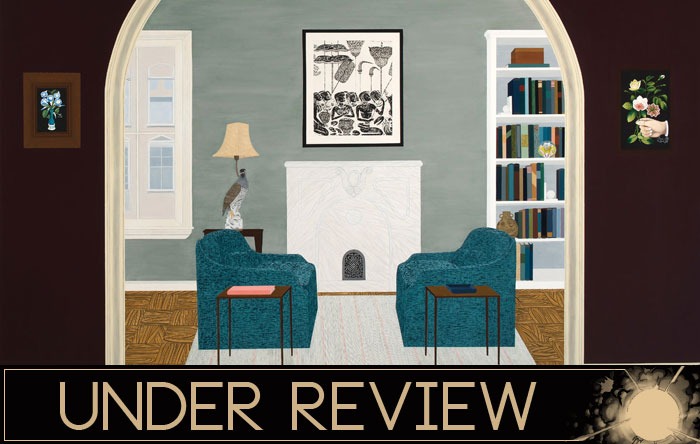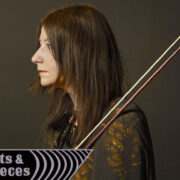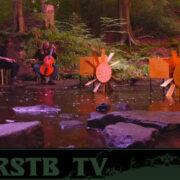Mary Lattimore 

The harp has always had a precocious edge in contemporary music. But while the instrument is often used as a baroque folk accoutrement or as an ornamental touch on an otherwise fairly staid pop song, Lattimore uses the instrument to transport the listener to quiet pastoral hideaways perched on the edge of grand panoramic views. The harpist uses her chosen muse to combine classical sweep, subtle processing and field recordings to create crystalline worlds trapped in amber and nestled inside of rural hollows.
In some ways Hundreds of Days enters like a gorgeous minimal house perched on old farmland. The stark angles seem almost too crisp to touch, and though the bas relief cut against rolling hills and sparkling waters seem just slightly out of place with each other, its intended as an idyllic getaway. The problem being that the yoke of modernity is forced onto nature, dragging along the rigidity of city life with it. Hundreds of Days does in fact begin as a calm respite, a meditative retreat, but begins to skew just slightly off over time. As the album progresses that discord of the modern and the natural becomes more apparent, resulting in the warbles and darkening skies of “Baltic Birch.”
That song acts as a kind of break in the façade, the first drop into the water that sends ripples across the glass surface. Following the rationalization that there’s no forcing the two worlds together in harmony, the final track, unadorned and somber sweeps through like a sigh. Finally leaving behind the glass castle, this is where Lattimore communes with nature, faces mortality and finds peace. The record is nothing short of masterful and warrants a place on the list of modern composition high watermarks.
Support the artist. Buy it HERE.









